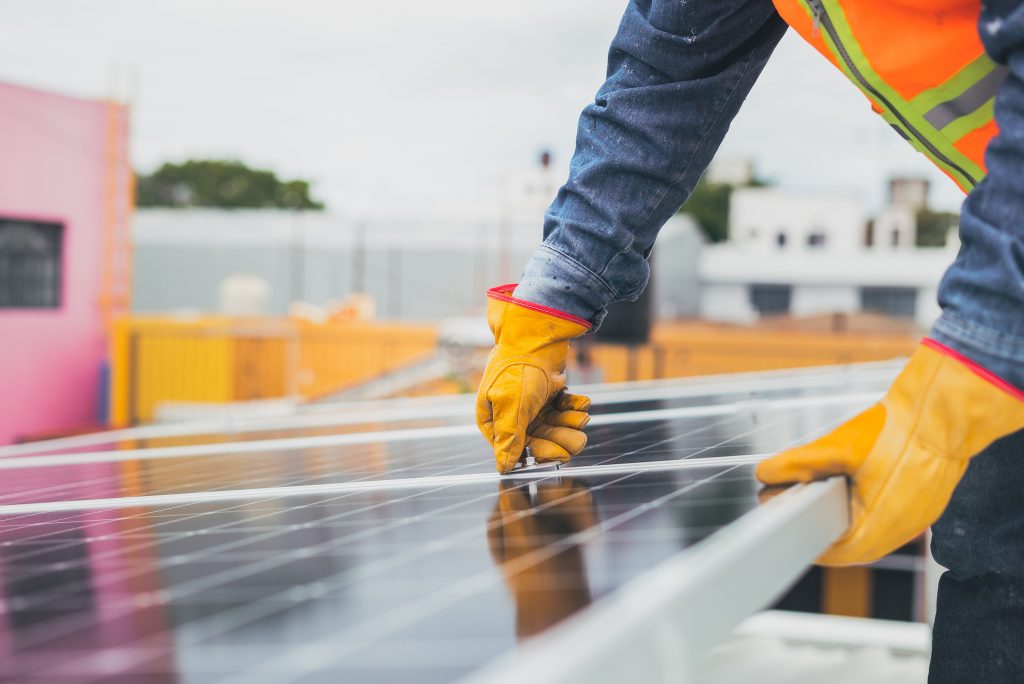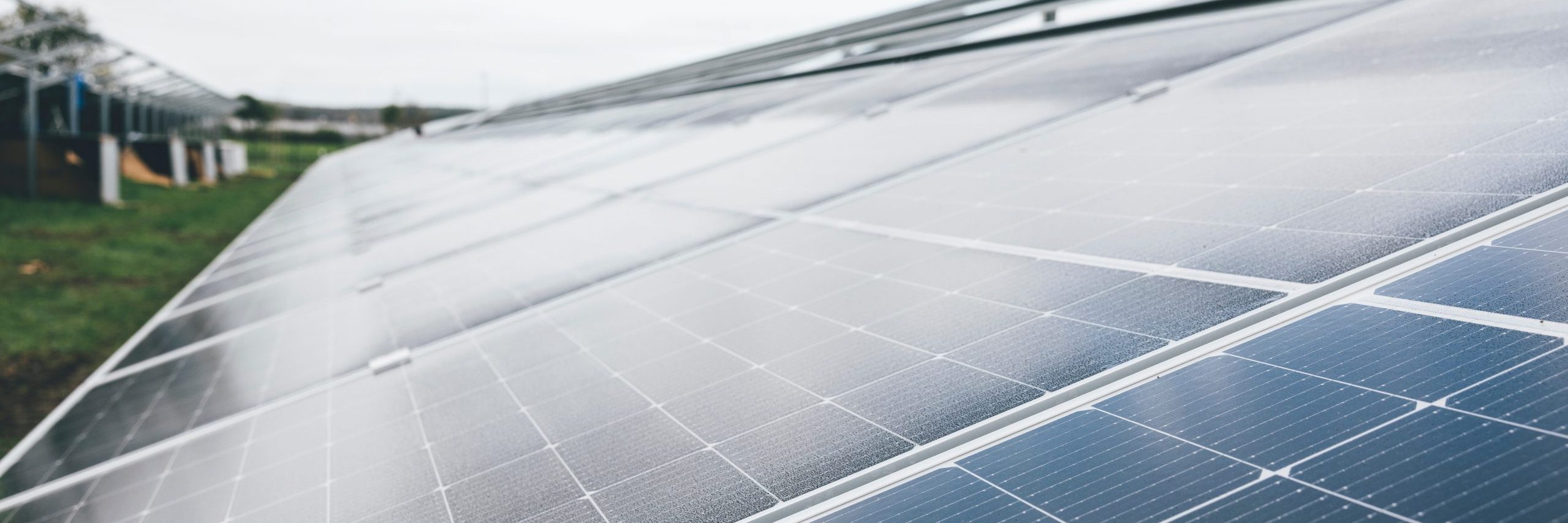Photo by Markus Spiske
The Albenese government has backed Australian scientists who are aiming to make Australia a force in renewable energy.
The scientists and researchers are seeking to make cheaper and more effective solar cells.
If this succeeds, more jobs may be created, and emissions-intensive industries may be cleaned up.
The goal is to make renewable energy the most efficient and viable option for Australian industries.
Minister for Climate Change and Energy Chris Bowen said ensuring the cells are low-cost is vital in moving industries forward to sustainability.
“Renewable energy is the cheapest form of energy, and it’s getting cheaper.” Mr Bowen said.
“Ultra-low cost solar will be critical to meeting our emissions-reduction targets through the production of low-cost renewable hydrogen, and help Australia export green products and energy to the world.
“Australia has been a world leader on solar PV research for decades.
“The same universities that blazed the solar PV trail will step up again to help get utility-scale technology off the ground and help transform Australia into a renewable energy superpower.” He said.
Ultra low-cost solar is solar that is generated at around “one quarter” of the current price.

ARENA CEO Darren Miller said the funding will not be wasted, and the scientists and researchers that it is provided to will help make Australia more sustainable.
“Australia’s researchers have helped to make solar PV the cheapest form of energy in history.” Mr Miller said.
“But to create a future in which Australian solar energy supplies the world with clean power, fuels and products, we need to be ambitious and drive the cost even lower.
“ARENA is supporting these universities with $41.5 million in funding to get behind the target of ‘Solar 30 30 30’ to deliver ultra low cost solar, helping to optimise Australia’s transition to renewable electricity and achieve our emissions reduction targets.” He said.
13 research and development projects will share funding through the Australian Renewable Energy Agency (ARENA).
The projects fall under two streams; Cells and modules, and Balance of systems, operations, and maintenance.
Among the projects receiving funding is “research into screen printing of industrial solar cells at a terawatt scale” and the “use of robotics to rollout and maintain solar fields”.
The government has pledged $41.5 million for research on solar PV with the aim of reducing costs, increasing cell efficiency, and supporting new technology being commercialised.
The projects are products of the University of New South Wales, Australian National University, and the University of Sydney.





